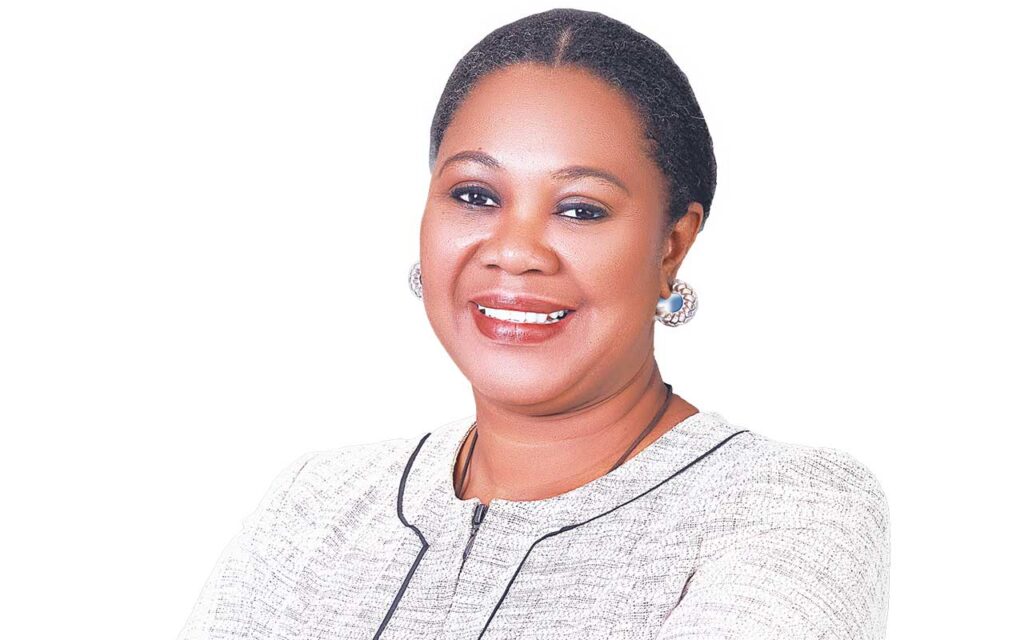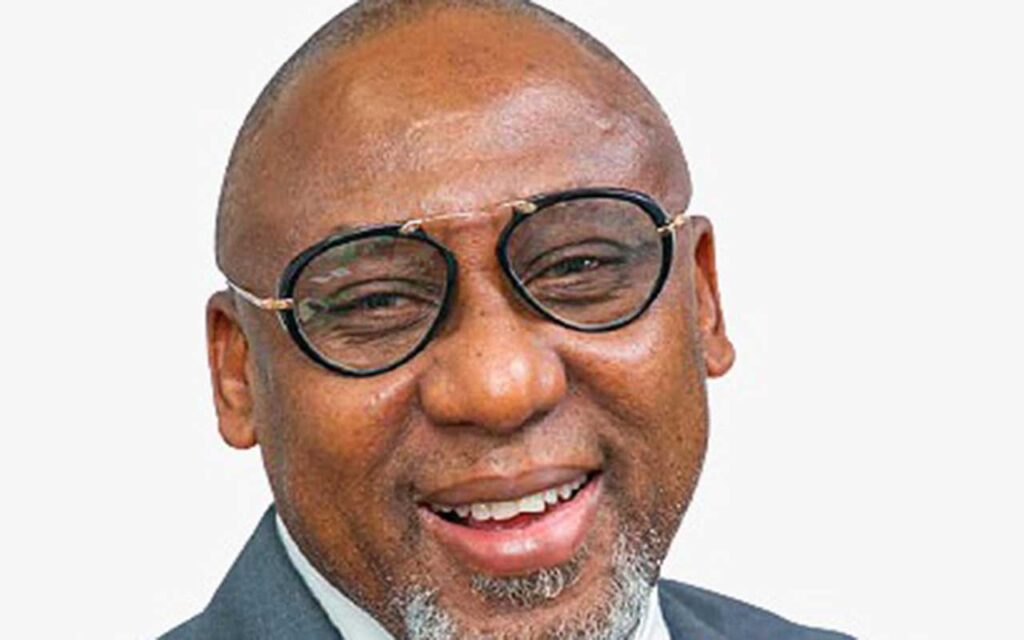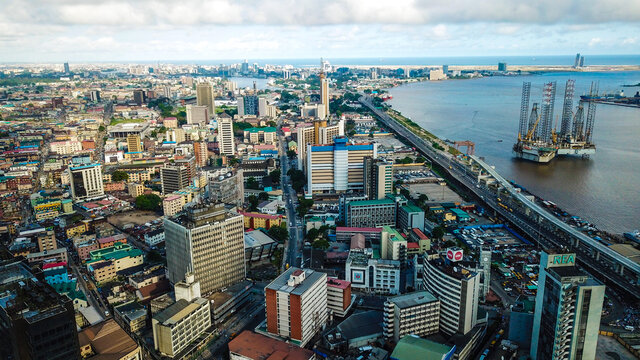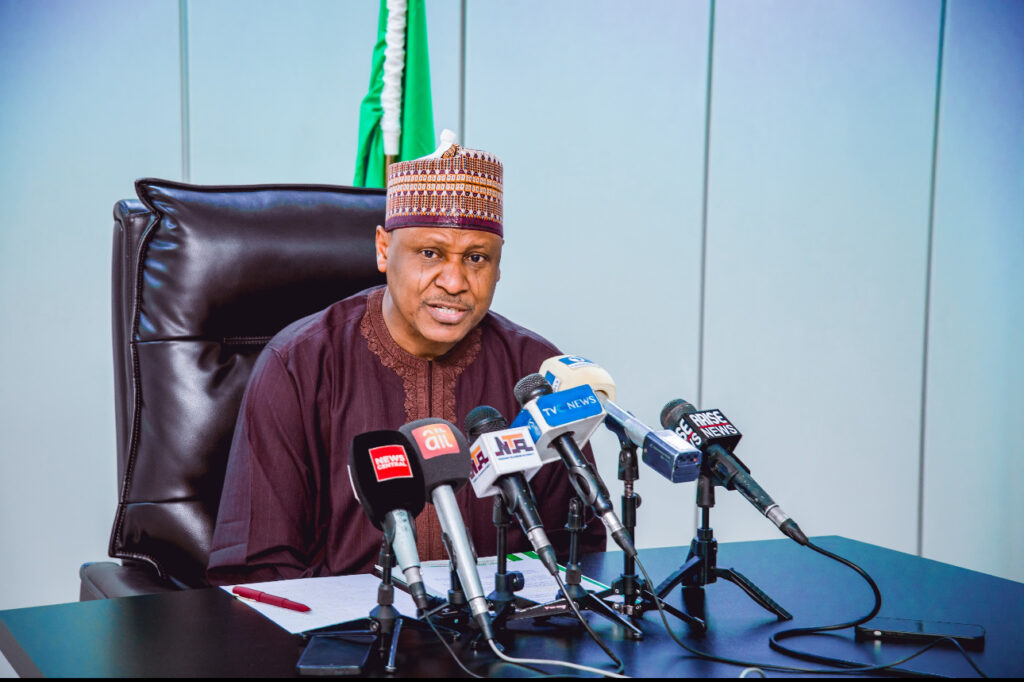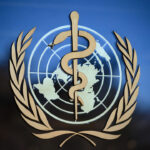 •245,000 Nigerians die, 590,000 new cases recorded yearly
•245,000 Nigerians die, 590,000 new cases recorded yearly
•As WHO, experts call for increased investment to end scourge
Despite being both preventable and curable, Tuberculosis (TB) remains the leading infectious killer disease in the world and among the top 10 causes of death worldwide.
142 years after the cause was discovered, the whole world is still battling with the TB scourge that many thought was extinct. About 1.9 billion people representing one-quarter of the world’s population are infected with TB (live with the causative organism, in a dormant/inactive state).
According to the World Health Organisation (WHO), about $13 billion is needed yearly for TB prevention, diagnosis, treatment and care to achieve the global target agreed at the 2018 UN high-level meeting on TB.
Available WHO statistics show that in Nigeria, one person dies every five minutes from TB and Nigeria has the highest TB burden in Africa and sixth in the world, accounting for about 4.6 per cent of the global TB burden, for a disease that is curable and preventable.
Specifically, about 15 Nigerians die each hour due to TB, equivalent to about 347 deaths daily, 10,417 monthly and 125,000 in a year. Nigeria’s TB incidence rate is about 219 in a 100,000 population with an estimated total of 467,000 persons who have active TB disease.
WHO said about 245,000 Nigerians die from TB, while 590,000 new cases of the disease are recorded every year. Nigeria has a high triple burden of TB, Drug Resistant TB (DR-TB) and HIV-associated TB, and is one of the 10 countries that contribute the highest number of missing TB cases globally.
The WHO Global Tuberculosis Report 2023 showed that about 70 per cent of tuberculosis (TB) cases in the African region are now being diagnosed and treated, marking the highest case-detection rate in the region ever, thanks to concerted efforts by countries to address the threat of the disease.
The report noted that though the case detection rate has been on the rise since 2018, the region saw a significant increase between 2020 and 2022, rising from 60 per cent to 70 per cent of cases being detected.
According to the report, Nigeria has a huge TB burden, case notifications nearly tripled over the past five years to 285,000 cases in 2022 from 106,000 cases in 2018.
It stressed that despite the progress, further efforts are needed to meet the 2030 global End TB Strategy targets to cut TB deaths by 90 per cent and cases by 80 per cent. These include increased investments in TB control programmes.
In 2022, in the African Region, the Global Plan to End TB 2018-2022 estimated that $3.9 billion were required yearly to achieve the targets, but only around $890 million were mobilised for TB prevention, diagnosis and treatment. Domestic funding represented about 46per cent of total funding for TB (54per cent from international funding) in 2022.
The report further revealed that limited access to health services, inadequate health infrastructure, insufficient quality of care, inadequate human resources for health and inadequate social protection are also impeding progress to ending TB.
Although Nigeria accounts for the high burden of the disease, it still has a 70 per cent funding gap in TB with high level of donor dependency and infrastructure deficit, which hinder access to essential TB services, including diagnosis and treatment.
The Acting Executive Secretary of the Country Coordinating Mechanism (CCM) of the Global Fund, Ibrahim Tajudeen told The Guardian that in allocating resources to countries, the Global Fund uses a combined methodology, which primarily considers disease burden and income level, adding that the approved allocation $153,771,804 to Tuberculosis for 2024-2026 Implementation period by the Global Fund Board is because of the concerns recognized about Nigeria.
He said: “Due to our economic situation, we are classified as a lower middle-income. Also, Nigeria is of the country that accounted for about two-thirds of global cases of TB in 2022. The Global Fund has invested about $200 million to support the Tuberculosis programme in Nigeria including mitigation funds from the COVID-19 Resource Mobilization grant.”
He observed that the Federal Government is yet to invest adequately in the TB programme like that of HIV/AIDS, however, some state like Lagos and Kaduna are experiencing increased domestic financing for tuberculosis intervention.
Tajudeen explained that the donors are responsible for the financing of TB program worth over 92 per cent, while domestic financing caters for about 8per cent.
He noted that there are several challenges confronting TB response in Nigeria ranging from poor infrastructure, inadequate medication and consumables, inadequate diagnostics tools like GeneXpert machine, maintenance, and power supply to facilitate ambient environment for the diagnostic tool.
He said another major challenge is the inadequate number of health workers (retirement and staff attrition). The budget required yearly for TB interventions is about $300 million and this poses a threat to the current momentum with country’s increased case notifications to over 300,000 in the year 2023.
Tajudeen said that Nigeria can actualise the realisation of the end TB target by the year 2025 if adequately resourced.
Also, the Acting Board Chair, Stop TB Partnership Nigeria, Queen Ogbuji-Ladipo, said that the world is still battling with tuberculosis 142 years after it was discovered because people who are malnourished have lower immunity so the bacterium that causes TB thrives.
According to her, “When a child is born, that child is given BCG to protect that child against the severe form of tuberculosis but when there is malnutrition, diabetes, HIV or any condition that lowers somebody’s immunity, the body is susceptible to tuberculosis and then tuberculosis can occur.”
She observed that Tuberculosis continues to be a major public health concern, claiming far too many lives each year, particularly in Nigeria and despite advancements in medicine and healthcare, TB remains a formidable adversary, disproportionately affecting vulnerable populations and underserved communities.
Ogbuji-Ladipo said Nigeria has a very high burden of tuberculosis because it is a disease common in men and those who are HIV positive because their immunity is low. ‘Now, we are seeing it in children because malnourished ones usually come down with tuberculosis if an adult around them is coughing, they can easily catch it even though they are immunized.
WHO Regional Director for Africa, Dr. Matshidiso Moeti, in her message to mark World TB Day, called on countries to prioritise addressing the social determinants of TB, such as poverty, inequality, and limited access to healthcare, to achieve sustainable outcomes.
She stated that the 72nd session of the WHO Regional Committee for Africa in Lomé, Togo, in 2022 ignited a powerful movement toward ending tuberculosis (TB) – that of prioritizing childhood TB. Ministers of Health across the region united to address the needs of this often-overlooked population.
Moeti noted that since then, a 20 per cent increase has been recorded in identified paediatric TB cases compared to the previous year. This signifies a positive step, indicating a more practical approach to recognising TB in children and a decisive push to end this ancient disease.
Moeti observed that between 2015 and 2022, the African region has achieved a remarkable 38 per cent reduction in TB deaths, surpassing the initial End TB Strategy milestone of 35per cent by 2020.
She noted that from 2015 to 2022, the region also saw a 23 per cent reduction in new TB cases, exceeding the initial End TB Strategy target of 20 per cent by 2020 as a result of the effectiveness of implemented strategies and renewed commitment from countries.
Moeti however, pointed out that while the reduction in TB deaths is commendable, it still falls short of the 2025 End TB Strategy target of a 75 per cent reduction. “The 23 per cent decline in TB incidence misses the mark of the 50 per cent reduction target for 2025. This highlights the need for continued and intensified efforts to meet these ambitious goals,” she said.
She cautioned that challenges such as delayed diagnosis, limited access to new tools and technologies, and the ongoing threat of multi-drug resistant TB require continued vigilance and sustained efforts.
WHO Regional Director for Africa urged Member States to prioritise a multi-faceted approach that addresses the root causes of the disease, while bolstering efforts in prevention, diagnosis, and treatment and appealed to health leaders to intensify their commitment to strengthening health systems, ensuring equitable access to TB care, and scaling up innovative interventions.
”Investing in research and developing new tools, including vaccines and improved diagnostics, is essential to accelerate progress. Stakeholders can join us by providing resources, enhancing community engagement, conducting research, and forming private-sector partnerships. Through this unified action, we can address the challenges of TB in Africa and achieve our goal of its elimination as a public health threat,” she added.
WHO National Programme Officer for TB, Amos Omoniyi, wondered why anybody should die from a disease that is curable just with six months of treatment and preventable with 12 doses of medicines, or one month or six months of doses.
He stressed the need to increase awareness about TB symptoms and treatment options, emphasising the role of communities and individuals in advocating improved healthcare services.


